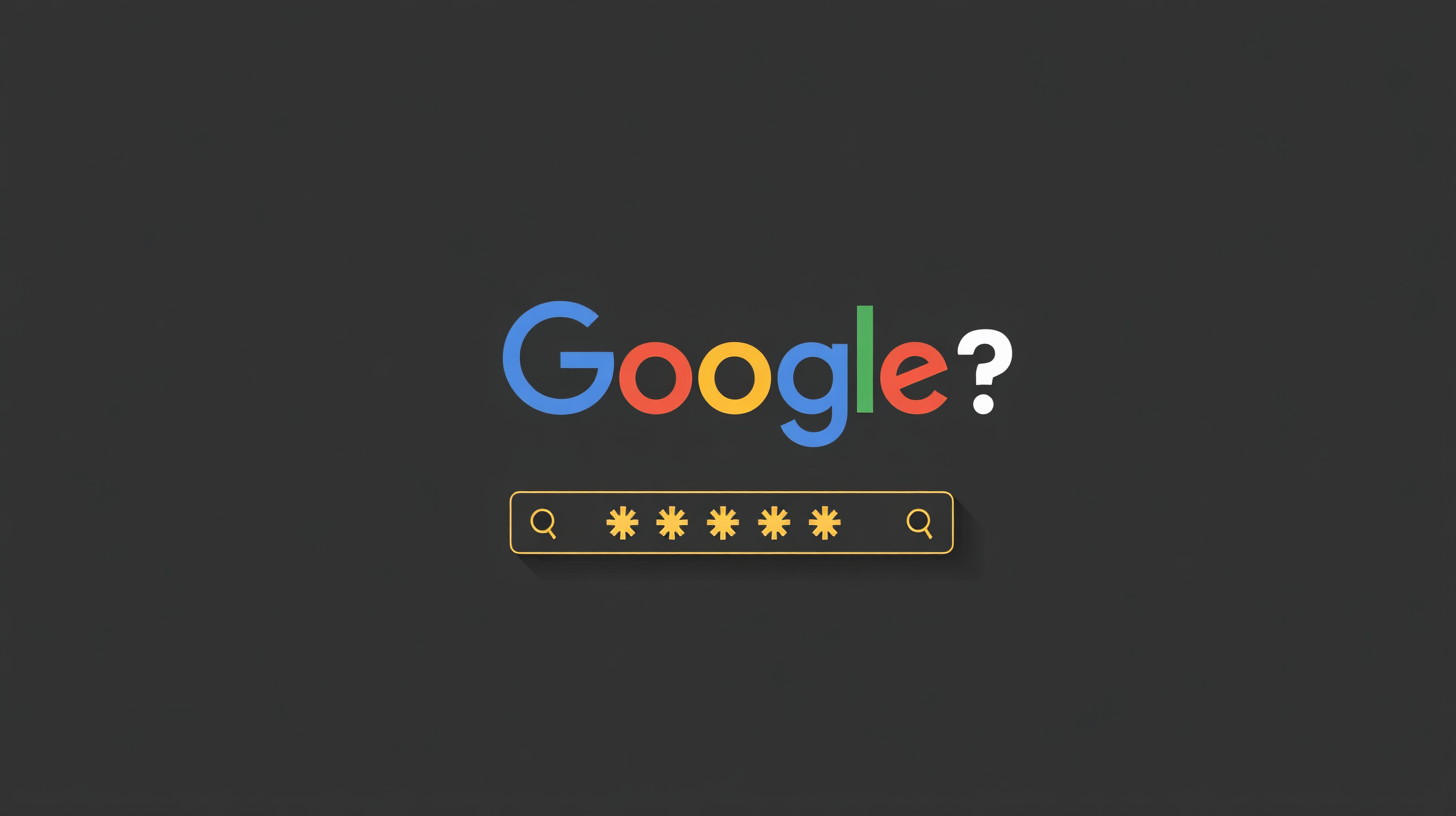
Is Google Password Manager Really Safe? What You Need to Know
When it comes to storing your most sensitive digital credentials, not all password managers are created for the same purpose. While Google Password Manager has common usage, it falls short in areas that matter most: transparency, security, and user control.
Let’s break down why you should reconsider using Google’s built-in password manager—and why TransferChain Pass is a smarter, safer choice.
🖥️ 1) Browser Security Vulnerabilities
Using your browser as a password manager might seem convenient—but it also means your passwords are only as secure as the browser itself. And browsers, by design, are some of the most frequently targeted applications on any device.
Take Google Chrome: in 2022, researchers discovered a critical vulnerability that could have allowed attackers to steal files from billions of users by exploiting the browser’s file system access API (source). While it was eventually patched, the incident highlighted a dangerous truth:
“If your password vault is tied to your browser, a browser vulnerability becomes a vault vulnerability.”
Additionally, Chrome’s interface makes it easy to launch with a single click—no master password, no secure gateway. That means anyone with access to your unlocked device can open Chrome and potentially expose your stored credentials with minimal resistance.
TransferChain Pass is browser-independent and security-hardened by design. Your vault is end-to-end encrypted before it even touches the cloud and protected by strong authorization—not a browser shortcut.
⚠️ 2) Closed Source Means No Trust
Security without transparency is just a promise—and Google asks you to take their word for it. Their password manager operates on closed-source code, meaning there’s no way for independent experts to audit how your data is encrypted, stored, or accessed. You're left with vague claims and no verifiable evidence.
While Google states that only you can read your stored passwords, they don’t publicly disclose their encryption architecture, key management procedures, or threat models. That’s a red flag in any security-sensitive product—especially one that holds the keys to your entire digital life.
This “security through obscurity” approach becomes even more risky as the threat landscape evolves. Advances in quantum computing and the constant discovery of new attack vectors demand open, flexible, and peer-reviewed defenses. And Google is not immune to security failures: in 2019, it was revealed that the company had been storing some G Suite user passwords in plaintext for years—due to a misconfigured system (source).
In contrast, TransferChain’s encryption protocols are based on well-known cryptographic standards, and it’s clear how your data is protected, where it’s stored, and who (hint: no one) can access it.
TransferChain Pass uses real zero-knowledge encryption — only you hold the keys, and your passwords are encrypted before they ever leave your device. Even we can’t see them. That’s true privacy by design.
🚫 3) Minimal Features, Maximum Lock-In
Google Password Manager is missing vital features like:
- Built-in two-factor authentication (2FA)
- Secure password sharing
- Works on multiple browsers
With TransferChain Pass, you get all this and more:
✅ Encrypted password sharing
✅ Native support for all major browsers
✅ Automatic password generation with customizable complexity
✅ Zero-trust architecture
We're not just a password manager—we're your full-stack privacy companion.

🕸️ 4) Google Password Manager Keeps You Trapped in Their Ecosystem
If Google suspends your account—even by mistake—you could instantly lose access to all your stored credentials. There’s no fallback, no emergency recovery outside their ecosystem.
Google Password Manager isn’t just a tool—it’s a strategy. By tying password storage to your Google account and limiting access to Google Chrome, it subtly ensures you stay dependent on Google products. The more reliant you are, the more data Google can collect about your activity: what websites you visit, what you search, and even what services you log into.
This isn’t just about convenience—it’s about data consolidation. Your data, such as login timestamps, sync activity, and autofill behavior, can still be used to build behavioral profiles, which aligns perfectly with Google's ad-based business model.
The same applies—though to a lesser extent—to iCloud Keychain. It’s not ad-driven like Google, but it still locks your credentials inside the Apple ecosystem, making it harder to switch to non-Apple devices.
TransferChain Pass breaks this cycle.
TransferChain Pass is account-agnostic and user-owned. Your data is encrypted with your own keys, and stored in a zero-trust, zero-knowledge environment. Your passwords belong to you—not us, and certainly not a tech giant.
✅ The TransferChain Pass Difference
| Feature | Google Password Manager | TransferChain Pass |
|---|---|---|
| Password Autofill | ✅ | ✅ |
| Cross-Device Sync | ✅ | ✅ |
| Cross-platform support | ❌ (Chrome-only) | ✅ (Different Browsers) |
| Client-side & End-to-end encryption | ❌ | ✅ |
| Zero-Knowledge Architecture | ❌ | ✅ |
| Secure password sharing | ❌ | ✅ |
| Granular sharing and permissions management | ❌ | ✅ |
| Users & groups management | ❌ | ✅ |
| User activity and audit logs | ❌ | ✅ |
| Organization-wide policies | ❌ | ✅ |
| Customer support | ❌ | ✅ |
Take Back Control of Your Digital Identity
Password managers are more than convenience tools—they're security infrastructure. Choosing the right one can mean the difference between peace of mind and a major breach.
With TransferChain Pass, you're choosing:
- True client-side end-to-end encryption
- Feature-rich, future-proof protection
- Full control over your data
Don’t compromise your privacy for convenience. Make the switch to TransferChain Pass—where your credentials are yours alone.
